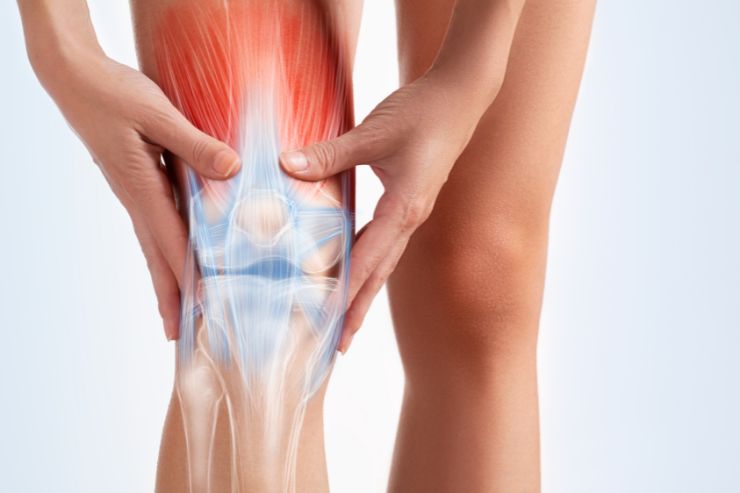Knee Replacement
- Home
- Treatments
- Knee Replacement

Knee replacement surgery, also known as knee arthroplasty, is a transformative solution for those experiencing severe knee pain, stiffness, and limited mobility due to conditions like osteoarthritis, rheumatoid arthritis, or injury. During the procedure, damaged parts of the knee joint are replaced with artificial components, often made from metal and plastic, allowing for smoother, pain-free movement. With knee replacement, patients can look forward to renewed comfort and improved quality of life.
When is Knee Replacement Recommended?
Knee replacement is often considered when pain and stiffness hinder daily activities like walking, climbing stairs, or even resting. Common reasons for the procedure include:
- Osteoarthritis: The most common reason for knee replacement, osteoarthritis causes the knee’s cartilage to wear away, resulting in painful bone-on-bone contact.
- Rheumatoid Arthritis: This autoimmune condition leads to chronic inflammation that damages joint tissues and affects mobility.
- Knee Injuries: Fractures, ligament tears, or cartilage damage can progressively worsen and necessitate a replacement.
- Post-Traumatic Arthritis: Injuries from accidents or trauma can lead to joint deterioration over time, causing pain and limited movement.
Symptoms Indicating a Need for Knee Replacement
Common signs that knee replacement may be necessary include:
- Persistent Knee Pain: Pain that doesn’t subside with rest or limits mobility.
- Reduced Range of Motion: Difficulty bending, straightening, or rotating the knee.
- Swelling and Stiffness: Chronic swelling and stiffness that reduce quality of life.
- Difficulty in Daily Activities: Pain or limited motion during routine tasks, such as walking or standing.
What to Expect During a Knee Replacement Procedure
Knee replacement is a well-established procedure aimed at restoring function and alleviating pain:
- Initial Assessment: A complete review of symptoms, medical history, and imaging tests, along with a discussion of treatment options.
- Surgical Procedure: The surgeon removes damaged cartilage and bone from the knee joint and replaces it with artificial components designed for smooth, pain-free motion.
- Post-Surgery Rehabilitation: Physical therapy begins soon after surgery to build strength, flexibility, and stability in the knee joint.

